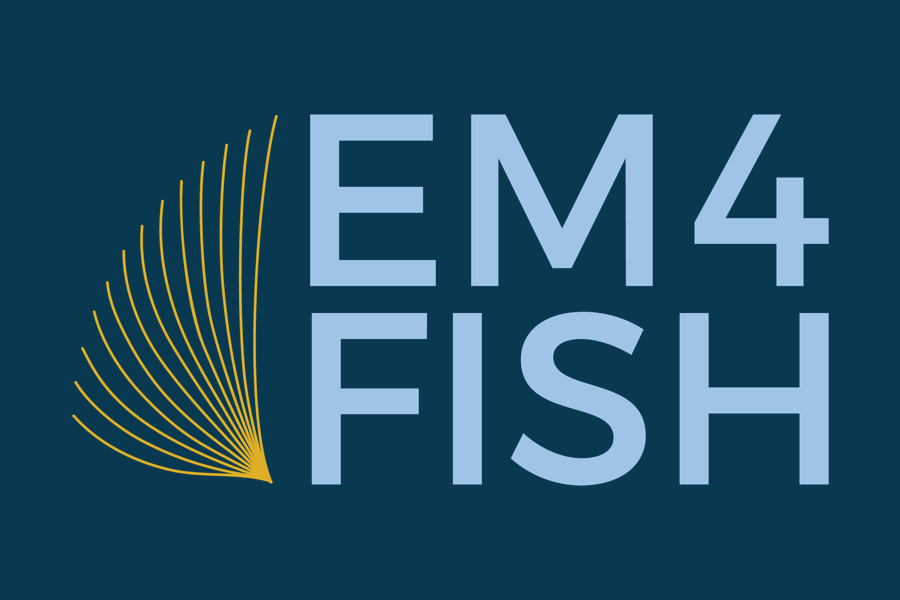Colby Brady
NOAA Fisheries, West Coast Region, Seattle
The National Marine Fisheries Service (NMFS), West Coast Region (WCR) is exploring Computational Vision-Based Monitoring (CVM) in the IFQ groundfish trawl fishery. The goal of the research is see if CVM can reduce monitoring costs while providing better and more timely data as compared to current (1) electronic monitoring/reporting (EM, ER) hardware; (2) speciation methodologies, and; (3) logistical issues with periodic collecting and replacing of hard drives in the field. This project is done in collaboration with General Vision Inc. (a cognitive computing hardware and software developer) and Bornstein Seafoods. Funding for this research project was via a Fisheries Information System (FIS) grant.
This project aims to determine if CVM can be used to automatically determine species and length of individual fish at a shoreside processor offloading conveyor belt. This project also aims to determine if an automatic field-based web CVM data transmission strategy could be developed to reduce the need for contractors to retrieve EM data in the field by manually pulling removable hard drives. If successful, a trip-by-trip automatic data transmission strategy could dramatically reduce data verification times and costs to fishermen and management. Specifically, these shoreside and vessel CVM prototypes (or “Cognitive DVRs”) consists of “Cognisight” Miniature Trainable Vision Sensors (MTVS) linked to a miniaturized military computer, further linked to a “CogniBlox” configurable NeuroMem vision board, enabling “smart” on-site real-time massively parallel data mining and sensor fusion. The CVM unit is initially being deployed on a bottom trawl processing plant conveyor-sorting belt. In addition to use in a processing plant, a further step will be to place a CVM prototype unit on a bottom trawl fishing vessel.

